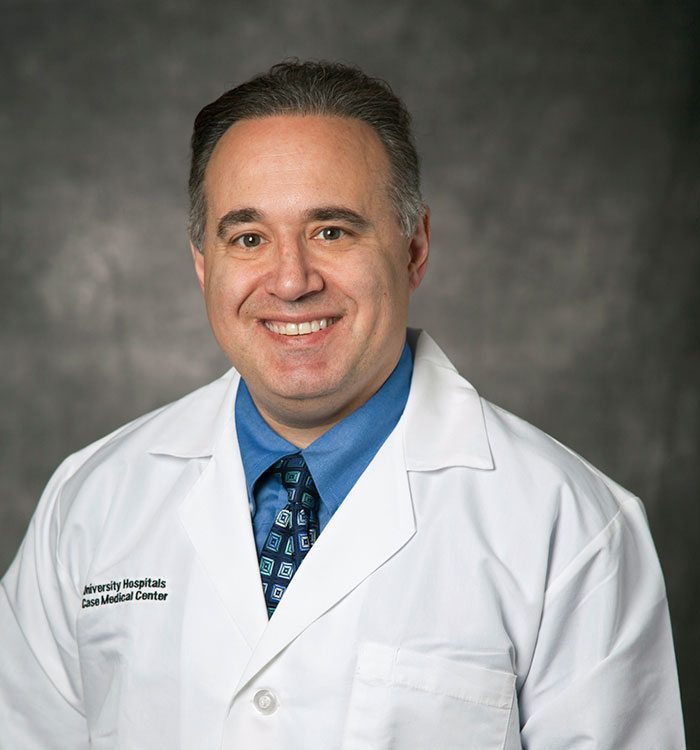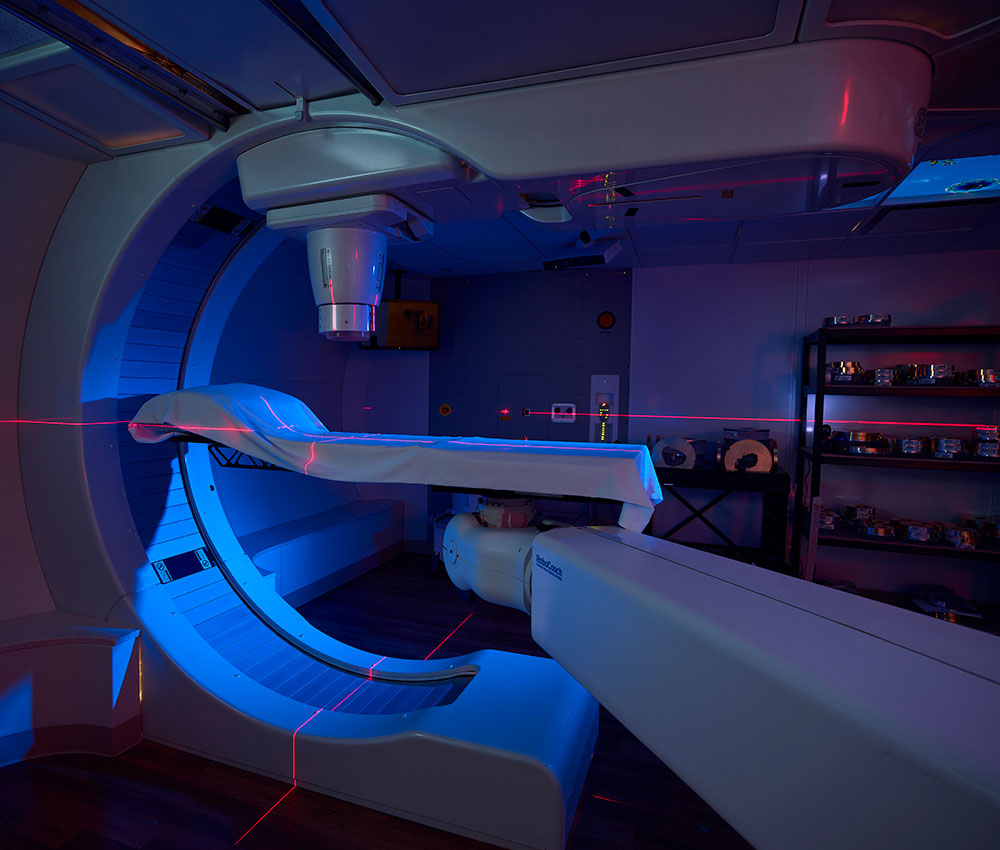UH Completes More Than 400 Proton Therapy Treatments
June 16, 2019
Innovations in Cancer | Summer 2019
The first proton therapy center in Ohio has completed more than 400 treatments to date. University Hospitals is rapidly advancing its applications for this targeted radiation therapy available on its main campus at UH Cleveland Medical Center and participating in clinical trials.
 Mitchell Machtay, MD
Mitchell Machtay, MDProton radiotherapy was brought to UH nearly three year ago, eliminating the need for adult and pediatric patients to travel to Philadelphia or Chicago. The first patient treated in July 2016 was a 24-year-old woman with rhabdomyosarcoma in her middle ear, who was hopeful this advanced form of radiation that targets tumors more directly would limit potential damage to surrounding healthy tissue and organs. Proton therapy is considered particularly beneficial for younger patients who have curable cancers and decades of life expectancy ahead of them.
“Since our opening less than three years ago, we have experienced tremendous growth in the volume and the breadth of our program," says Mitchell Machtay, MD, Chairman of Radiation Oncology at UH Cleveland Medical Center; and Professor of Radiation Oncology, Case Western Reserve University School of Medicine. “We have been able to offer this ultra-high technology to many patients with pediatric and adult cancers, and in some cases benign tumors."
Proton therapy is offered for select situations in more common cancers such as lung, breast and prostate, as well as less common malignancies that are located in critical locations, most notably brain tumors, facial/sinonasal cancers, esophageal and other mediastinal tumors, and sarcomas. This targeted treatment is particularly useful for re-irradiation of patients who have already had a course of other forms of radiotherapy to certain areas, such as the head, neck, chest or pelvis, and have limited local therapy options, Dr. Machtay says.
“This is a combination that appears to result in the lowest possible overall rectal radiation exposure of any form of external radiation,” Dr. Machtay says.
“Consistent with our mission to rigorously evaluate the efficacy and side effects of new modalities, we opened an IRB-approved prospective registry of patients treated with protons, and we participate in multiple in-house and national clinical trials on proton therapy," Dr. Machtay adds.

Dr. Machtay noted his appreciation for the skilled technical, physics, nursing, administrative staff and physicians who make the proton program possible.
“The future is definitely positive for the utility of proton radiotherapy," he said.
If you have questions or comments about the proton therapy program, email Proton Center Director David Mansur, MD at David.Mansur@UHhospital.org, or Associate Director Dr. Aashish Bhatt at Aashish.Bhatt@UHhospitals.org. The general number for inquiries about proton therapy is 216-286-7768.


